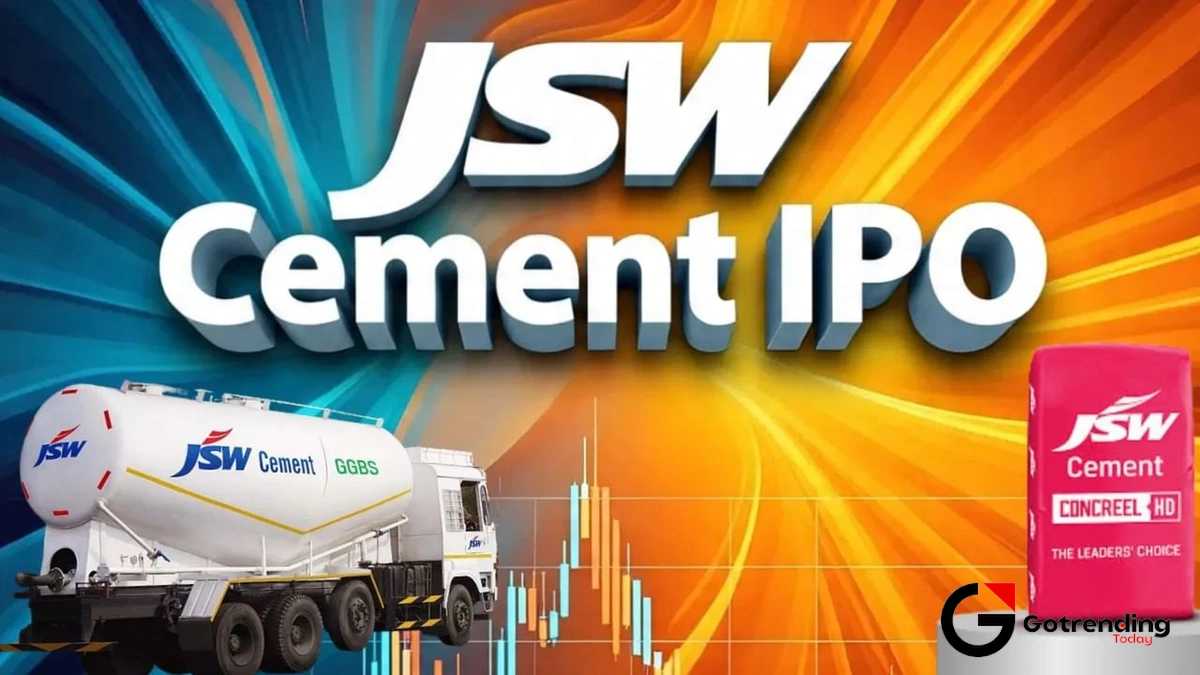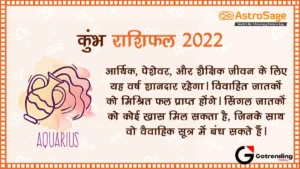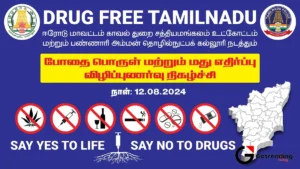HPCL | The Surprising Story Behind the Petrol Pump on Your Corner
Let’s be honest. You’ve seen the iconic red and blue HPCL logo thousands of times. It’s on the highway, tucked away in a city lane, or shining bright on a long, dark road trip. For most of us, it’s just… there. A place to get petrol, diesel, maybe a bottle of water, and move on. It’s part of the background noise of modern Indian life.
But here’s the thing. What if I told you that logo represents one of the most powerful and complex engines of the Indian economy? That behind the simple act of filling your tank lies a fascinating story of international espionage, nation-building, and a high-stakes bet on India’s future?
What fascinates me is how we interact with these giants daily without ever thinking about what they truly are. HPCL , or Hindustan Petroleum Corporation Limited, isn’t just a chain of petrol stations. It’s a Maharatna PSU, a behemoth of industry whose decisions ripple through our wallets, our stock market, and our country’s strategic ambitions. So, grab a coffee. Let’s look behind the curtain, because the story of HPCL is, in many ways, the story of modern India itself.
From a Foreign Hand to a National Powerhouse | The Real HPCL Story
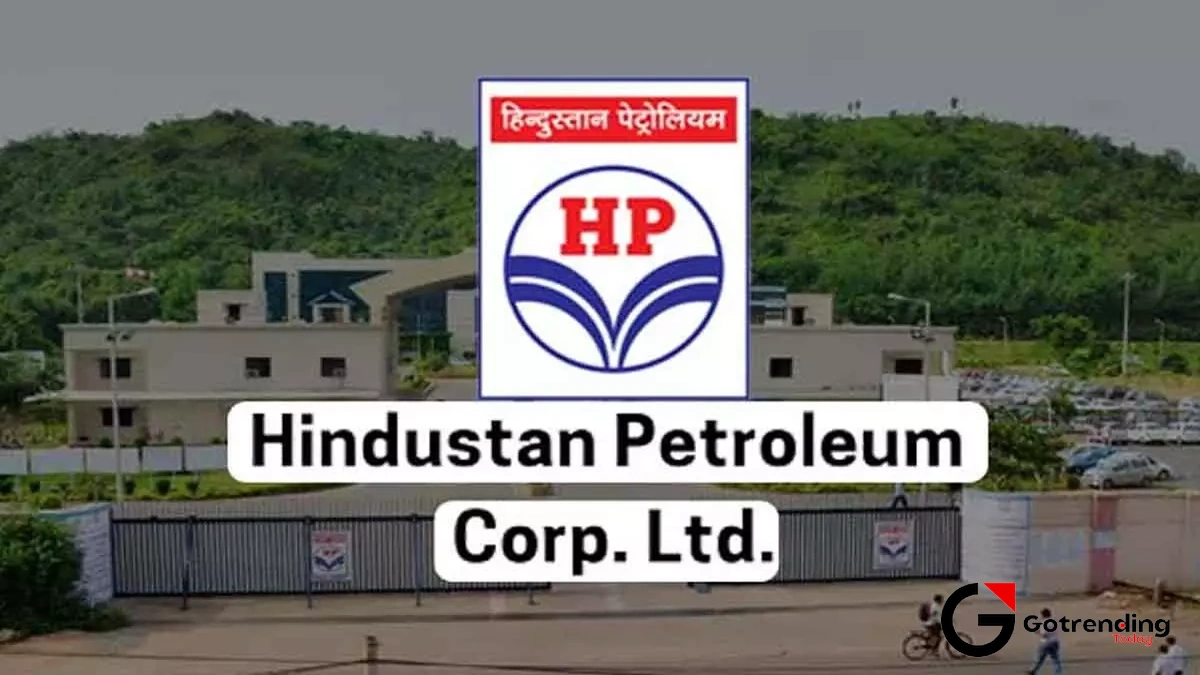
You might be surprised to learn that HPCL wasn’t always Indian. Its roots trace back to the American oil giants Esso and Standard Vacuum Oil Company (Stanvac). For decades, India’s fuel supply was largely in foreign hands. Think about the implications of that for a moment a developing nation’s economic lifeblood controlled by external corporations.
And then came the 1970s. It was a period of immense change globally, with oil crises shaking the world. India, under a wave of nationalisation, made a pivotal decision. In 1974, the government took over Esso’s operations in India, and two years later, it acquired Caltex Oil Refining (India) Ltd, which was later merged. This move birthed Hindustan Petroleum Corporation Limited .
This isn’t just a boring history lesson. It’s the ‘why’ behind HPCL’s existence. It was an act of securing our energy sovereignty. By creating a Public Sector Undertaking (PSU) like HPCL, the government ensured that a critical national resource fuel would be geared towards national development, not just corporate profit. It’s the reason why, even in the remotest corners of the country, you can often find a functional petrol pump. That’s not just business; that’s a strategic mandate.
Beyond the Fuel Nozzle | Where Your Money Actually Goes
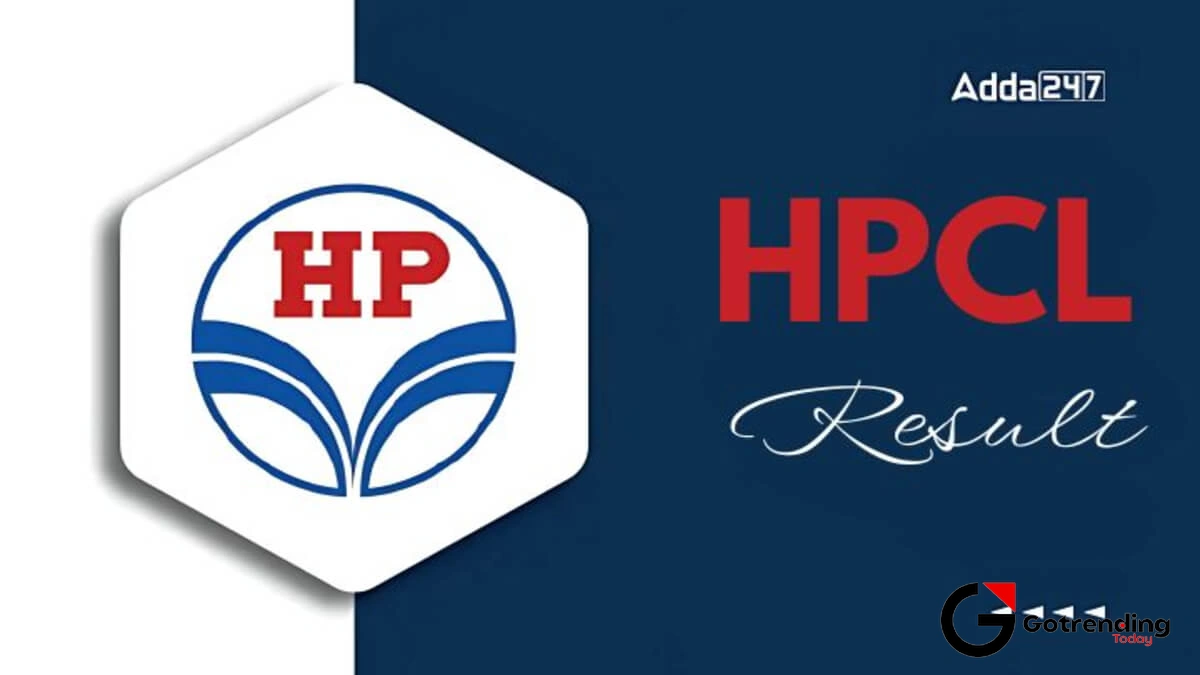
So when you pay ₹1000 to fill up your car, where does that money go? A big chunk is taxes, of course. But the rest fuels a massive industrial machine. HPCL’s business can be broken down into two main parts:
- Downstream (Refining): This is the alchemy. HPCL takes raw, sludgy crude oil (mostly imported) and, through its massive refineries in Mumbai and Visakhapatnam, transforms it into the petrol, diesel, kerosene, and LPG that power our lives.
- Marketing: This is the part we see. The vast network of over 21,000 retail outlets, LPG distribution, and aviation fuel stations. It’s a logistical masterpiece, ensuring fuel travels from the coast to every corner of the nation.
But the story is getting even bigger. The most significant development is the massive HPCL Rajasthan Refinery (HRRL). This isn’t just another factory. It’s a game-changing, multi-billion-dollar project. Why does it matter? Because it’s designed to process the crude oil discovered in Rajasthan, reducing our crippling dependence on foreign imports. It’s also a petrochemical complex, meaning it will produce materials essential for everything from plastics to pharmaceuticals, creating a whole new industrial ecosystem. It’s a bit like how a company like JSW Cement is crucial for building physical infrastructure; this refinery builds our energy infrastructure.
This is the kind of long-term, nation-building project that gets reflected in the HPCL share price . When investors analyse HPCL, they aren’t just looking at quarterly petrol sales. They’re looking at these colossal projects and betting on the future of India’s energy security.
The ONGC-HPCL Dance | A Merger or Something Else?
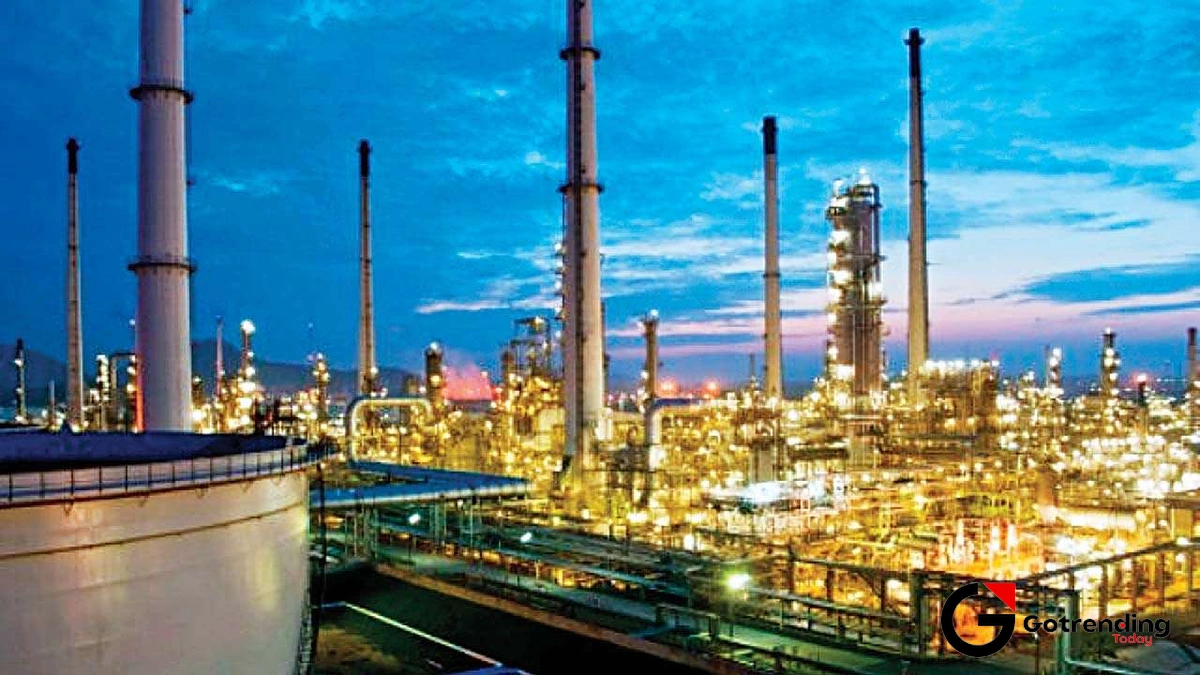
A few years ago, there was a lot of buzz about an HPCL merger with ONGC . This confused a lot of people, including seasoned investors. So let’s clear it up.
It wasn’t a merger in the classic sense, where HPCL would disappear into ONGC. Instead, ONGC (Oil and Natural Gas Corporation), which is India’s largest oil and gas producer (they pull it from the ground), acquired a 51.11% majority stake in HPCL, the refiner and marketer. HPCL remains a separate company, listed on the stock exchange, with its own board.
So why do it? The government’s vision was to create a “vertically integrated” oil major. Think of it this way:
- ONGC: Finds and extracts the crude oil (Upstream).
- HPCL: Refines the crude oil and sells the final products (Downstream).
By bringing them under one parent umbrella, the idea is to create a single, powerful Indian entity that can compete with global giants like Shell or ExxonMobil. It creates a more resilient business that controls the entire value chain, from the oil well to your vehicle’s fuel tank. It’s a strategic play on a global chessboard, and HPCL is a critical piece.
So, What’s the Future? EVs, Green Hydrogen, and Your Local HP Pump
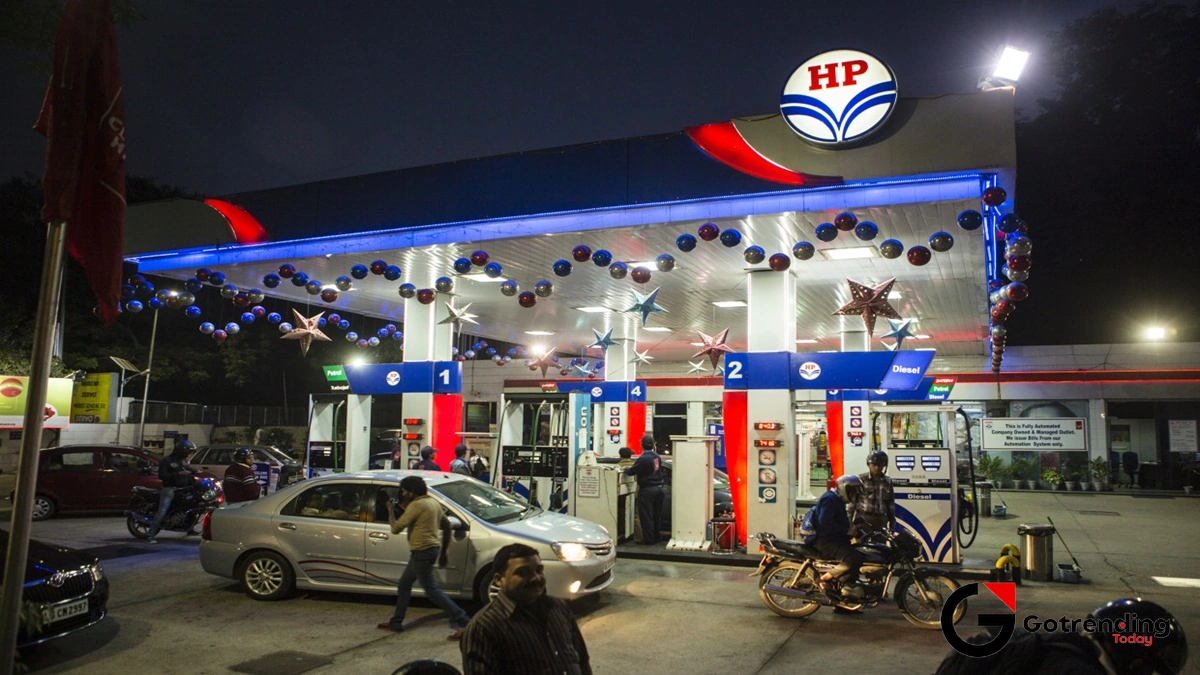
This is the billion-dollar question. What happens to a company built on petroleum when the world is pivoting to Electric Vehicles (EVs)? Is HPCL a dinosaur waiting for the meteor?
Not quite. The leadership at HPCL isn’t naive. They know the world is changing, and they’re starting to adapt. Their strategy appears to be one of evolution, not revolution.
First, they’re leveraging their biggest asset: their real estate. Their thousands of petrol pumps are prime locations for EV charging stations . They are already rolling out “HP Charge” points across the country. The plan is to transform from “petrol stations” to “energy stations.”
Second, they’re looking beyond just electricity. HPCL is investing in R&D for biofuels, ethanol blending (which is already happening), and even the holy grail of future energy: green hydrogen. These are long-term bets, but they signal that the company is planning for a future beyond fossil fuels.
And on a more immediate level, they’re fighting to keep you as a customer. Initiatives like the HP Pay app offer rewards, convenience, and a seamless payment experience. In a competitive market, customer loyalty is everything, and they’re using technology to build it. While the core business of today remains strong, these are the moves that will determine if HPCL thrives for the next 50 years.
Quick Questions, Straight Answers
What exactly is HPCL?
HPCL stands for Hindustan Petroleum Corporation Limited. It’s an Indian public sector undertaking (PSU) with a “Maharatna” status, meaning it’s one of the largest and most autonomous government-owned companies. Its primary business is refining crude oil and marketing petroleum products.
Is HPCL fully owned by the government?
Not directly. The Government of India’s majority stake in HPCL was sold to ONGC in 2018. So, HPCL is now a subsidiary of ONGC, which in turn is majority-owned by the government. It’s still very much a public sector enterprise.
Is investing in HPCL a good idea right now?
This is not financial advice, and you should always do your own research. However, investors often see HPCL as a value stock. Its strengths are its massive infrastructure, government backing, and consistent dividend payouts. The risks include the volatility of global crude oil prices and the long-term global shift away from fossil fuels. It is always wise to do a thorough share price analysis before investing in any company.
How is HPCL different from Indian Oil (IOCL) or BPCL?
They are all government-owned Oil Marketing Companies (OMCs) and competitors. The main differences lie in their scale, market share, refinery capacities, and specific corporate strategies. IOCL is the largest, followed by BPCL and HPCL. Each has its own distinct operational footprint and investment projects.
Can I get an HPCL petrol pump dealership?
Yes, but it’s a highly competitive and regulated process. HPCL periodically invites applications for new dealerships through public advertisements in newspapers and on their official website. The selection is based on strict criteria, including land ownership, financial capacity, and interviews. Always refer to the official HPCL website for authentic information.
So, the next time you pull into an HPCL station, take a second look at that logo. You’re not just at a petrol pump. You’re at the finish line of a global supply chain, a symbol of India’s economic self-reliance, and a company caught in the fascinating crosscurrents of the past and the future. You’re interacting with a quiet giant that has been powering India’s journey, one litre at a time.

